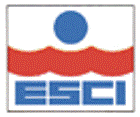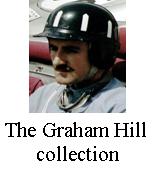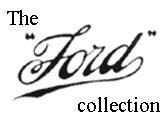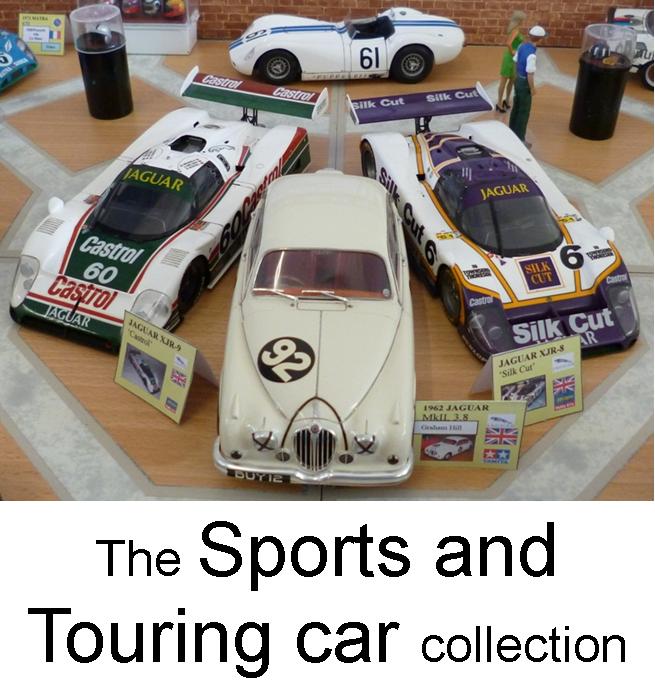One of the fastest selling cars in the history of the British motor industry the deceptively orthodox Cortina was the first of a line that endured until 1982. Outwardly a lively, well-mannered family saloon, it spawned two potent derivatives, both of which appeared in 1963. The GT was mechanically closely related to the standard car, but the exciting Lotus Cortina was powered by a Ford-based engine, developed by Cosworth and tuned by Lotus. In road form, the engine was rated at 105 bhp but in Lotus’s race tuned engine there was 145 bhp, making the car capable of speeds in excess of 105 mph.
The Cortina is regarded as a copybook exercise in engineering and, above all, product planning. Very late in the cars evolution it was named ‘Cortina’, on account of the 1960 Winter Olympics being held at Cortina d’Amezzo in the Italian Alps. This was a reflection of the fact that Ford was also looking to export it to Europe.
The transmission & four-speed gearbox, comprised of components modified by Colin Chapman at Lotus, who was allowed to undertake more than just an engine transplant. Lotus got the Cortinas from Ford in kit form. They had to put all the panels together themselves, replacing opening panels with light alloy versions. This system also allowed them to amend items as required in their quest to upgrade handling, as well as the engine power output. Much of the suspension was changed, particularly at the rear, and alloy castings helped lighten many areas of the car. Internally the project was known as the Lotus 28.
Team lotus entered racing in the classic white and green colours instantly recognisable the world over. They also supplied cars to other race teams the most notable of these being the red and gold cars of Alan Mann racing. The original contract of 1000 examples was sold out in no time and the project tie up was so successful it continued into the MKII Cortina as well.




1/24th scale Transkit.
Built by Ian.

This model was built in the 1990’s using a resin transkit from South Africa on an Esci Escort chassis. It has been the subject of two magazine articles describing the build but as yet we have never seem another built model at a show. This is not surprising as the chassis and body don’t really fit together and the whole project required a huge amount of scratch building and reworking to bring it all together.
The body is hand crafted so isn’t 100% symmetrical. Ian chose to further complicate matters by converting the MKI body to its first evolution of the ‘areoflow’ system. This meant the full with grill had to be scratch built as did the vents on the rear pillars. Also scratch built were all the lights, bonnet pins and the chassis strengthening mouldings and bumper mounting holes front and rear. Other amendments include the repositioning of the fuel filler and exhaust outlet.
On the inside the door cards were inproved and the dash' turned from left to right hand drive. The steering wheel used the kit rim but with scratch built details and centre. Seatbelts were made from a genericg photo ecth set and the rear seat had to be built up to fit snugly in the body.
The model is one of the most popular cars on display with the museum, always attracting attention and prompting memories of years gone by.
RETURN TO -


